My family loves board games. Since we all live far apart and don’t get a lot of chances to play together, our holidays are dominated by tabletop games. My childhood game night has evolved from Monopoly (thank God) to Settlers of Catan (like every family in the 2010s) to eventually more strategic, hobbyist board games. My job has exposed me to many board games, and I’ve shared a lot of them with my family.
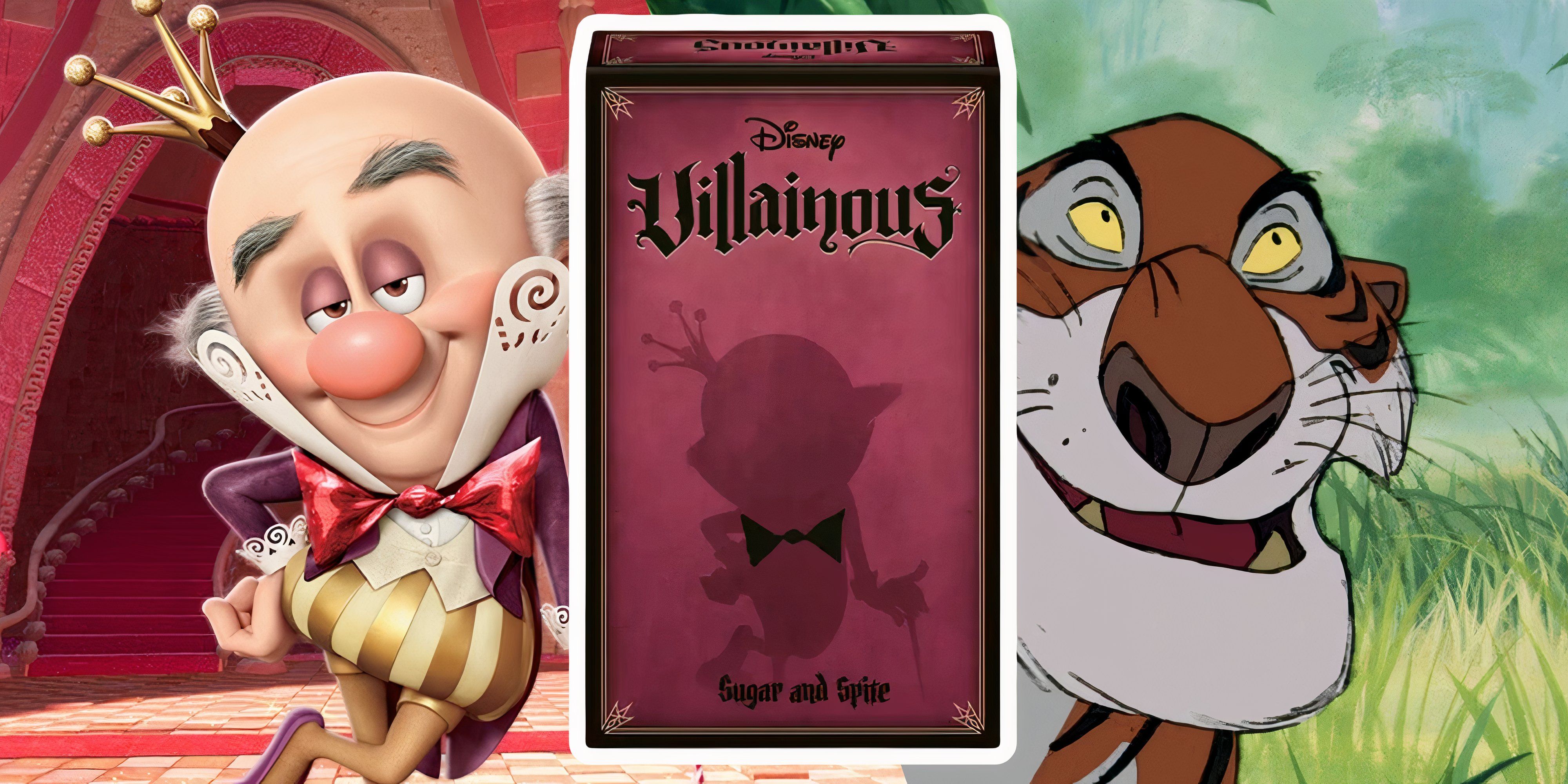
Related
Disney Villainous: Sugar And Spite Review – King Candy Steals The Show
Sugar & Spite offers a brand new type of board as King Candy races around to victory, and that helps it feel fresh.
One thing that’s been a challenge for us over the years is finding games that satisfy each of our unique interests and skill levels. My brother and I are competitive and strategically minded, we enjoy RPGs, deception, and complexity. My mom and my partner are the exact opposite. They like social experiences with lighter strategy and less commitment. We always try to find games that land somewhere in the middle, and often play a variety of games so that everyone gets to have the experience they prefer most.
Disney Villainous Has Everything My Family Wants In A Board Game
This year we finally discovered Disney Villainous thanks to the new Introduction to Evil box set, and it was such a hit with the whole group that it ended up being the only game we played the entire week. By the end of our visit, we had made two Target runs and added three expansions to the collection, and we started making plans to meet again before the next holiday just to play more Villainous.
I’ve played Villainous a couple of times over the years but it wasn’t until I played it in a family setting that I realized how brilliantly designed it is. If you’re not familiar, Villainous is a mostly asymmetric game where each player takes on the role of a different Disney villain and races to complete their individual objective using a character-unique deck of cards. Captain Hook wants to defeat Peter Pan at the Jolly Roger, Lady Tremaine wants to marry Drizella to The Prince, and Cruella De Vil wants to capture 99 puppies. The first person to complete their goal wins the game.
Like Ravensburger’s other Disney card game, Lorcana, Villainous has incredibly spot-on theming that captures both the Disney aesthetic and the stories and personalities of the characters, so for a family of Disney lovers, it’s an easy sell. But what makes it such a perfect family game is the way it allows everyone to play their own game at their own pace, yet always seems to end with a nail-biter where anyone could win.
It does this by offering a variety of characters at varying skill levels that are all equally competitive with each other, and by limiting interaction between players. Some characters have simple goals and easy-to-understand cards that make playing them simple, while others have complex mechanics that require you to think five turns ahead, and you can play all of these characters at the same time, and everyone will have a fair chance of winning.
Anyone Can Win, No Matter Their Experience Level
It’s an incredible balancing act, and every time I play Villainous I’m stunned at how close our games are despite how different our individual gameplay experiences have been. One of my favorite characters is Mother Gothel, who wins by building trust with Rapunzel while manipulating her to return to the tower. It deals with a lot of moving tokens and combo setups that have to be planned out several turns in advance. While I’m puzzling out how to move Rapunzel where I want her to be three turns from now, someone else is playing Prince John, whose only goal is to save up 20 pieces of currency. They have completely different mechanics and skill levels, yet win or lose always seems to come down to the last turn.
A big reason for this is because of the way players interact. On each of your turns, there are several actions you can take, and one of them is called Fate, which has you play a card from the top of an opponent’s Fate deck. These cards are designed to slow down opponents and interrupt their plans, so you’ll typically do this when you can see an opponent inching toward a goal.
You can be incredibly cruel to others, if you’re in the villain spirit, but it typically won’t help you.
There’s no good reason to waste a Fate action on someone behind rather than the person ahead, so while disrupting one player, you’re also giving another player the chance to catch up. This helps keep the race competitive by ensuring that no one ever falls behind so far that they have no chance to win. It allows players who don’t have the experience or skill to understand their opponents’ game plan to focus entirely on their own plan and never feel like they’re losing.
We’ve tried dozens of board games as a family and never found one as totally engaging as Villainous. Some games are too simple for my brother, others are too complex for my mom. Cooperative games tend to get dominated by the person with the best strategy, and party games are fun for a quick laugh, but get old quickly. Villainous is the only game we’ve played that scales to the experience level of each player and offers everyone a tailored experience, and I’m so glad we finally found it.
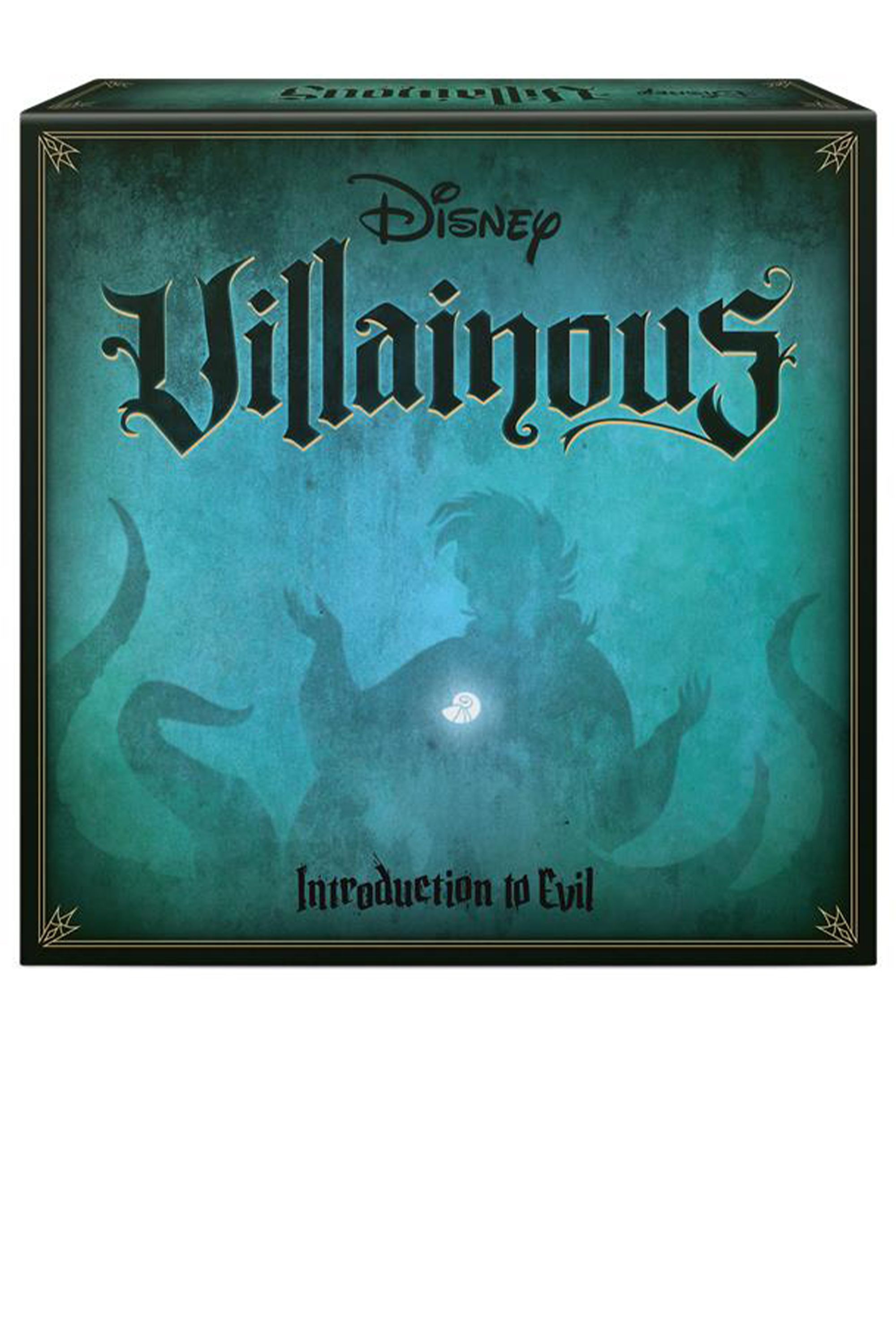
Disney Villainous: Introduction To Evil
A streamlined way to get into Disney Villainous, Introduction to Evil includes Ursula, Captain Hook, Prince John, and Maleficent to choose from, alongside video tutorials to help learn the game quicker than ever. Introduction to Evil is compatible with every other Disney Villainous release, letting you mix and match your villains in endlessly replayable games.
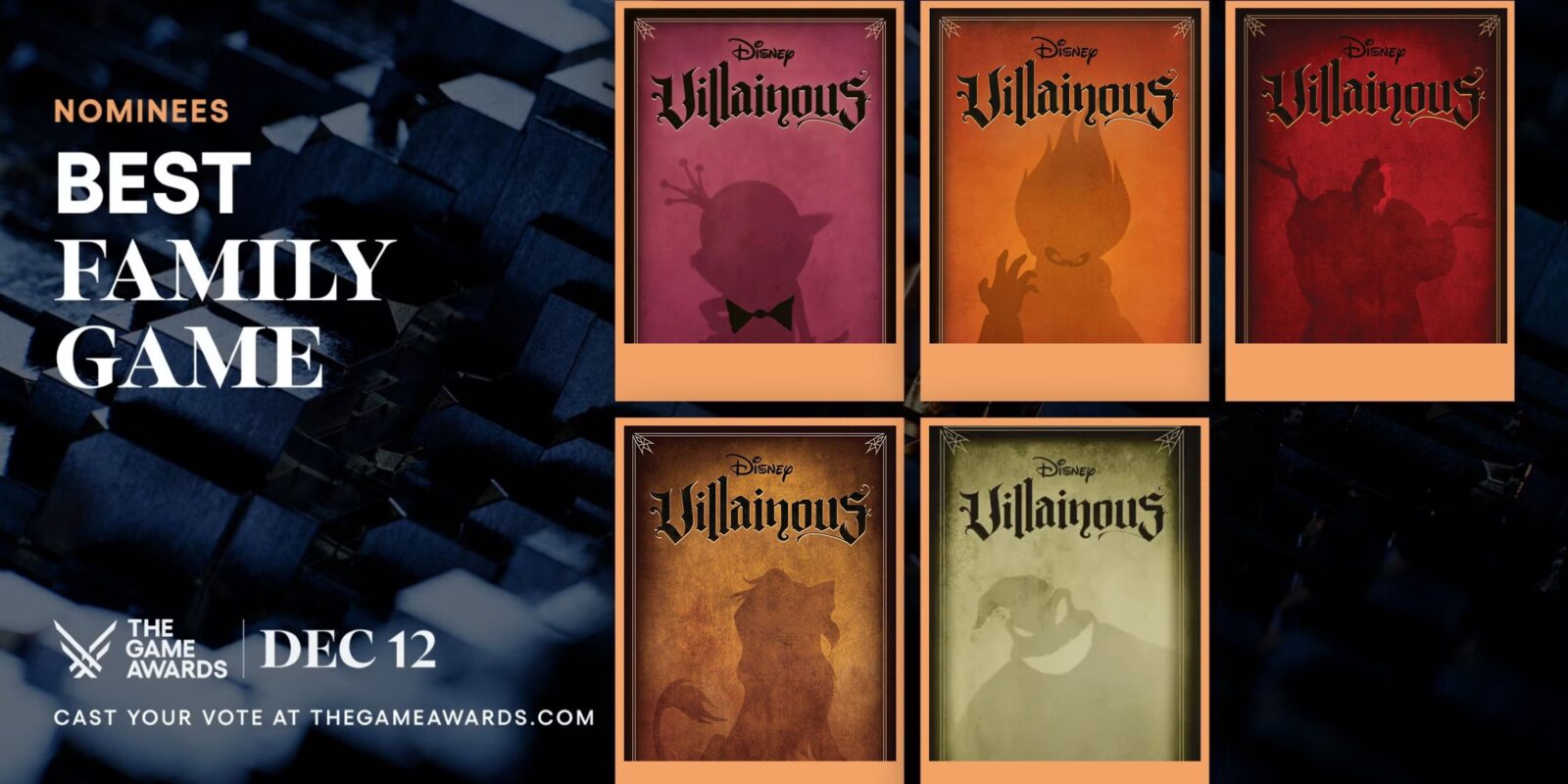

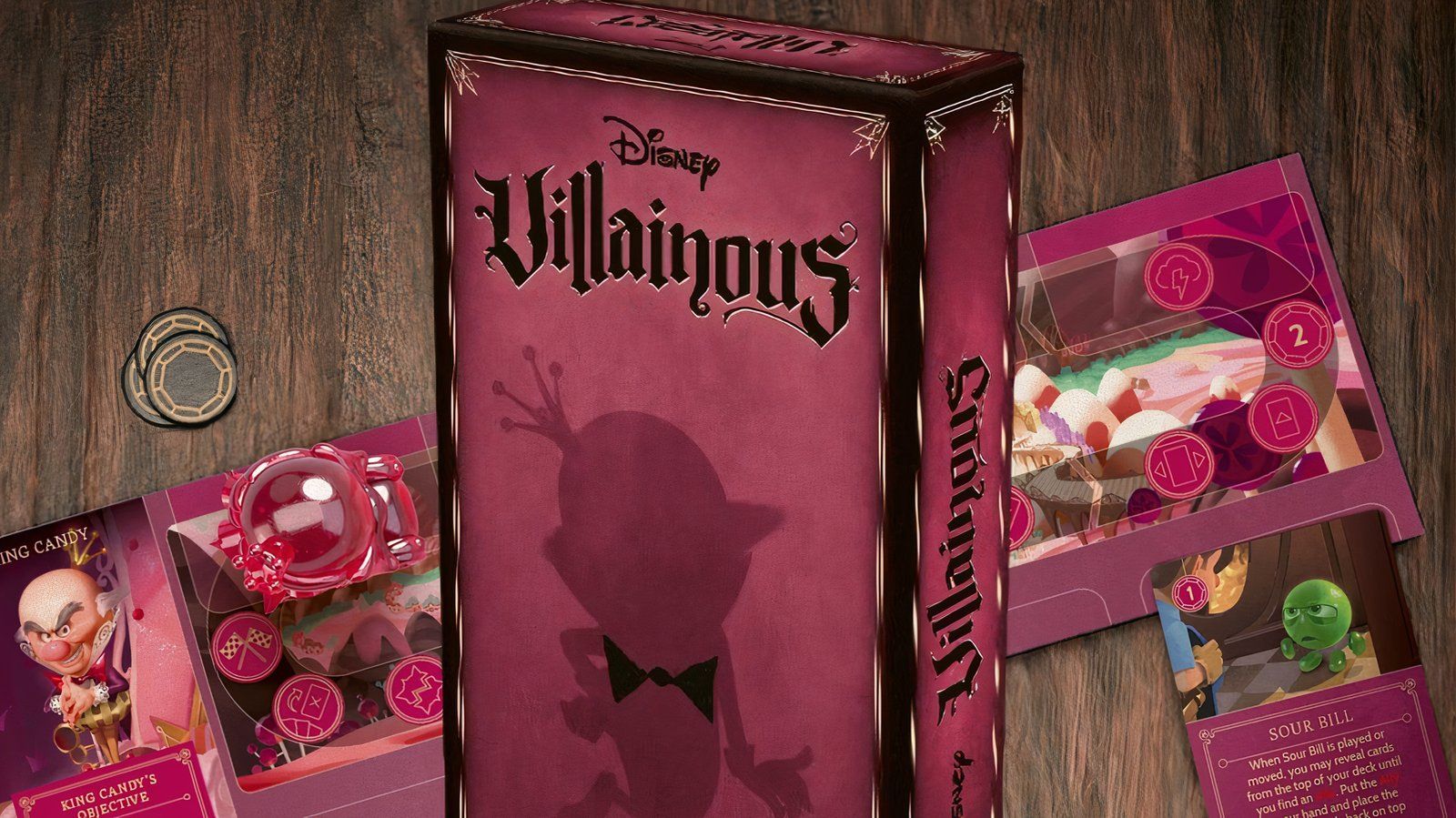
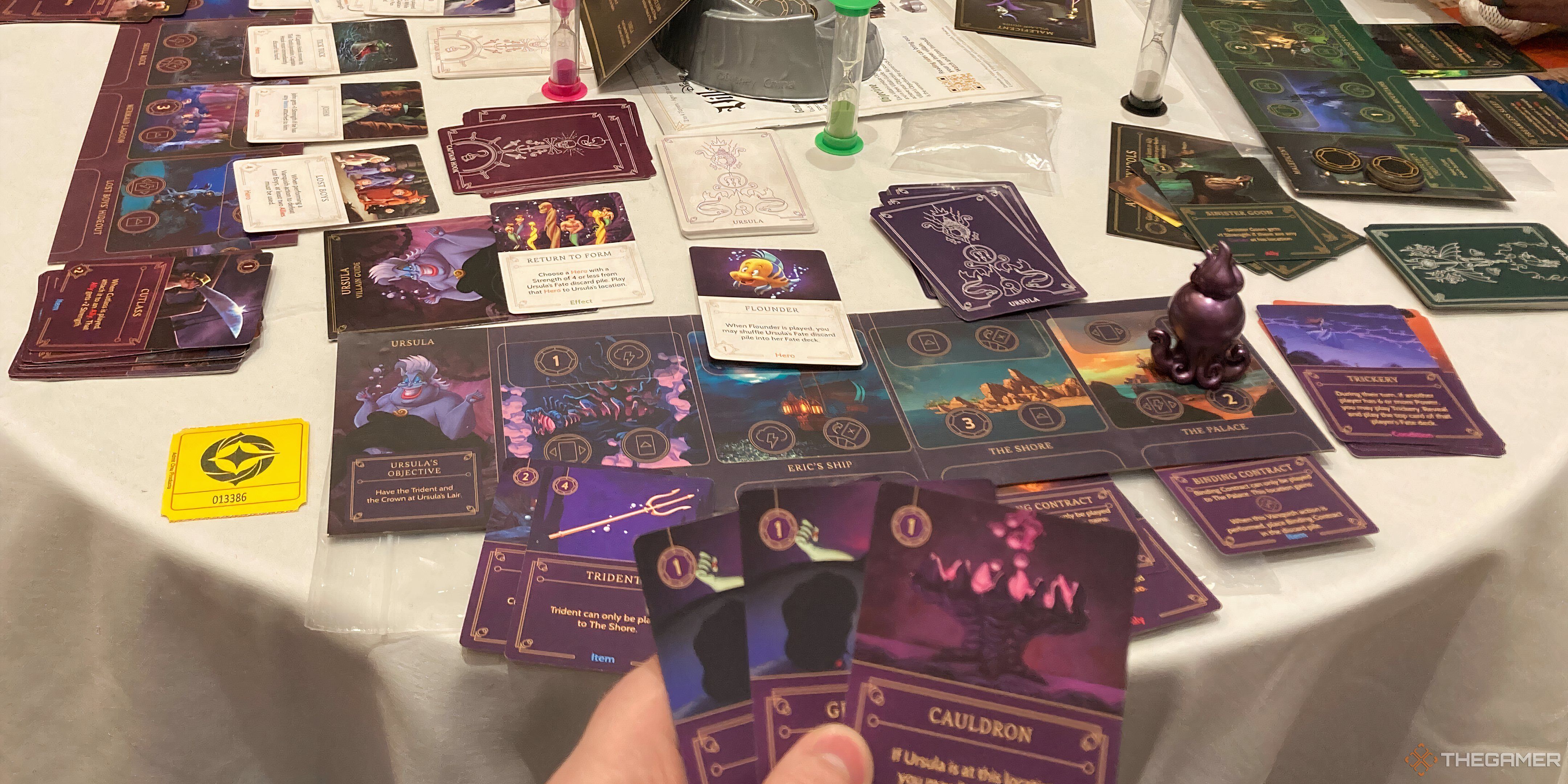






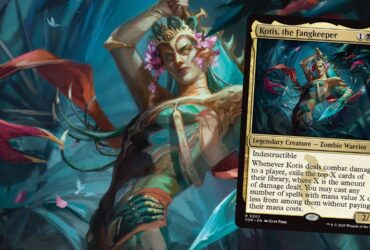
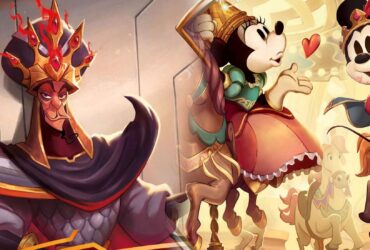


Leave a Reply